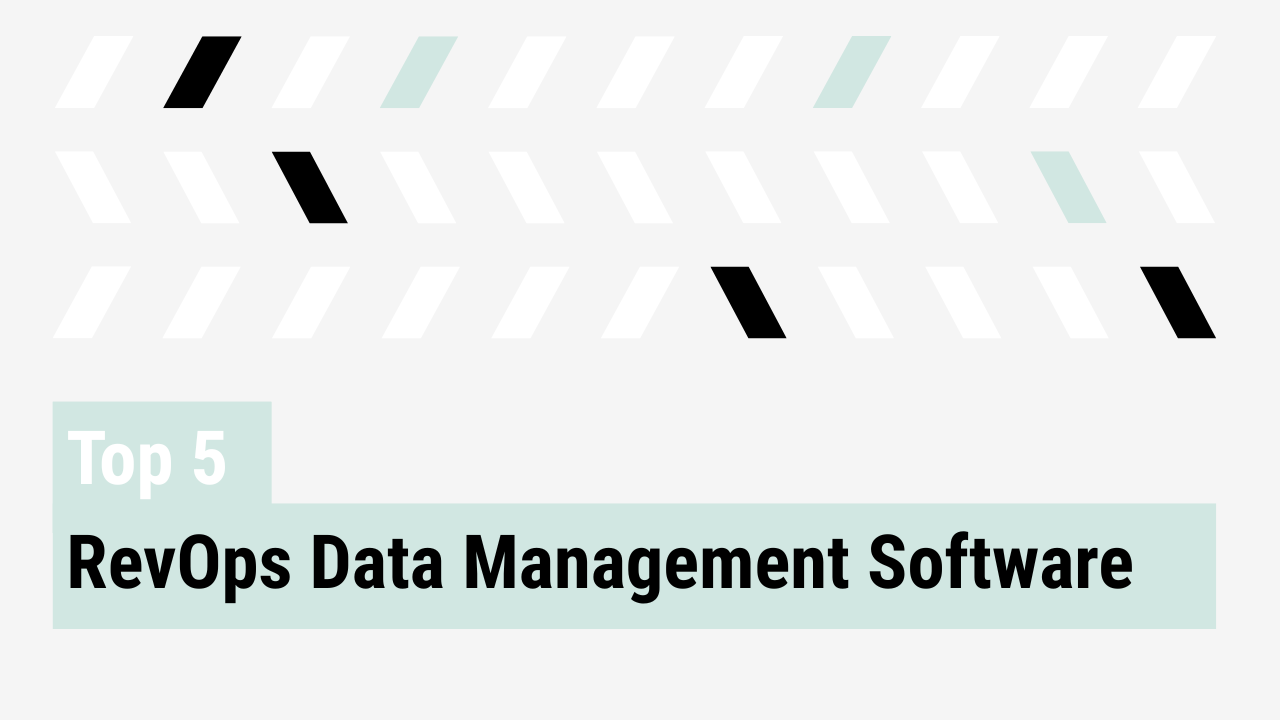Scaling a SaaS business has never been more complex. With capital efficiency at a premium, RevOps leaders are increasingly measured against the Rule of 40 in RevOps. The Rule of 40 is the balance of growth and profitability that signals a healthy, durable business. Hitting this benchmark requires deliberate decisions around org design, tooling, and workflows that shape how go-to-market teams operate.
The Rule of 40 as a growth compass
For SaaS companies, the Rule of 40 is often presented as a board-level metric. For RevOps leaders, it should serve as an operational compass. The right mix of ARR growth, CAC payback, and net revenue retention (NRR) determines whether a GTM engine is designed to scale.
In practical terms, the Rule of 40 states that a company’s revenue growth rate and its profit margin should add up to 40 percent or more. For RevOps leaders, this means that both top-line acceleration and operational efficiency must be managed in tandem. Growth initiatives that drive ARR are valuable, but they must be balanced with efficient customer acquisition, controlled costs, and strong retention to meet the benchmark.
Rule of 40 works best as a framework that guides trade-offs, helping leadership teams balance growth investments with the discipline required in today’s markets.
Designing RevOps teams for growth outcomes
RevOps structure directly influences Rule of 40 performance. Centralized RevOps teams reduce silos, accelerate decision-making, and create predictability across GTM functions. Early-stage companies often thrive with lean, generalist teams that can flex across sales, marketing, and CS ops.
As companies expand, the demands on RevOps change. Specialists become valuable when the data backlog and strategic priorities can no longer be managed by generalists. Establishing a visible prioritization framework helps executives see when additional headcount or investment unlocks revenue leverage.
Tooling and workflow efficiency as growth levers
Many SaaS organizations accumulate point solutions that increase cost without delivering measurable growth. The most effective RevOps teams consolidate platforms, reducing operating expenses and bringing clarity to data workflows.
Practical examples highlight the value of this approach. Mosaic generated nearly $2M in incremental pipeline by using systematic account prioritization and signal consolidation. Other AccountAim customers reduced manual reporting overhead through automated NRR and GRR board reporting. Tools such as ARR waterfalls, forecasting, and scenario planning extend beyond efficiency and equip GTM leaders with insights that enable confident scaling.
Growth through net revenue retention
As CAC payback periods lengthen, expansion revenue becomes an essential growth driver. RevOps teams that emphasize NRR build for expansion by enabling dedicated pods, CS analytics, and ARR waterfall visibility.
This approach turns existing customers into a primary source of growth. It requires systems that surface health signals, identify cross-sell opportunities, and support pricing strategies that build durable revenue over time.
These choices directly influence whether the organization can meet or exceed the Rule of 40 benchmark, since strong retention and expansion directly lift both growth rates and profitability measures.
The future of the Rule of 40
The Rule of 40 is evolving. Bessemer’s Rule of X framework emphasizes weighting growth versus profitability based on stage and capital environment. For high-growth companies, ARR expansion receives more weight. For later-stage organizations, profitability carries greater influence.
AI-driven RevOps will amplify this shift by enabling leaner teams, consolidating data sources, and drawing insights from unstructured information. Efficiency benchmarks will continue to adapt, and companies that recalibrate their operating models will outperform peers.
RevOps as the engine of the Rule of 40
RevOps is the operating engine that determines whether an organization can achieve sustainable, profitable growth. By aligning team design, tooling, and workflows with the Rule of 40, leaders build GTM systems that are both fast-moving and efficient.
Investors and boards value discipline alongside ambition. RevOps leaders who design with this dual mandate in mind will position their companies for consistent success.



